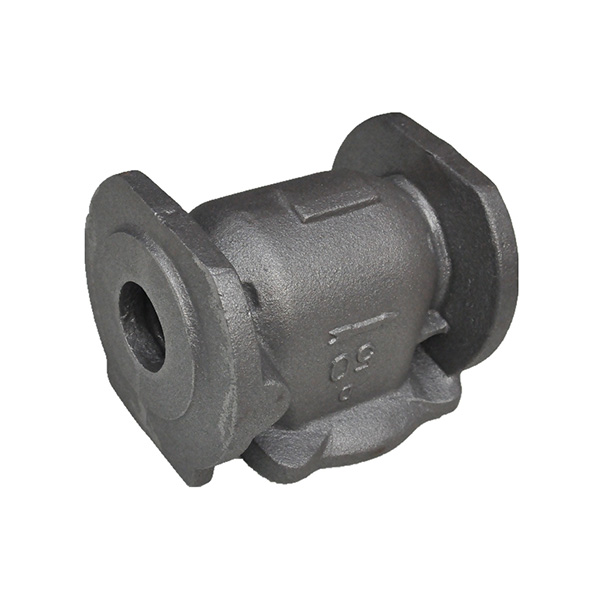Mobile:+86-311-808-126-83
Email:info@ydcastings.com
Cast Bearing Housing - Precision Engineering Solutions
Understanding Cast Bearing Housings An Essential Component in Machinery
Cast bearing housings play a crucial role in various mechanical systems, providing support and stability to rotating shafts. These components are designed to withstand significant loads and environmental conditions, making them essential in industries such as automotive, manufacturing, and aerospace.
What is a Cast Bearing Housing?
A cast bearing housing is typically made from materials such as cast iron or aluminum alloy. These materials are chosen for their durability, strength, and ability to dissipate heat effectively. The primary function of a bearing housing is to house the bearings that support rotating components, such as shafts or axles. By securing the bearings in place, the housing ensures smooth operation and minimizes friction between moving parts, which is crucial for the longevity and efficiency of machinery.
Design and Manufacturing
The design of cast bearing housings often involves complex considerations. Engineers must account for factors such as load capacity, thermal expansion, and the potential for wear and tear. The casting process itself allows for intricate shapes and designs, enabling manufacturers to produce housings that fit specific applications. Advanced casting techniques, such as sand casting and investment casting, allow for high-quality, detailed products that meet the demands of modern machinery.
Advantages of Cast Bearing Housings
1. Strength and Durability Cast bearing housings are known for their robust nature, making them suitable for heavy-duty applications. They can withstand high loads and harsh conditions, reducing the risk of failure.
cast bearing housing

2. Versatile Applications These housings can be used in various sectors, including automotive, industrial machinery, and HVAC systems. Their adaptability means they can accommodate different sizes and types of bearings.
3. Cost-Effectiveness While manufacturing costs may be higher than other materials, the long lifespan and low maintenance requirements of cast bearing housings make them a cost-effective choice in the long run.
4. Heat Dissipation The excellent thermal conductivity of materials like cast iron allows for effective heat dissipation, which helps maintain optimal operating temperatures and prevents overheating.
Challenges in Use
Despite their advantages, cast bearing housings also face challenges. For instance, they can be susceptible to corrosion, especially in environments exposed to moisture or harsh chemicals. To combat this, many manufacturers apply protective coatings or use corrosion-resistant alloys. Additionally, improper installation can lead to misalignment and premature wear of bearings, necessitating proper maintenance and monitoring procedures.
Conclusion
In conclusion, cast bearing housings are integral components of many mechanical systems, providing the strength and stability necessary for efficient operation. As technology evolves, so too do the manufacturing processes and materials used in creating these vital parts. With their wide-ranging applications and inherent advantages, cast bearing housings will continue to be a cornerstone in the field of mechanical engineering for years to come. Understanding their design, benefits, and potential challenges can help engineers and manufacturers make informed decisions in their projects, ensuring optimal performance and durability of machinery.
-
Understanding Metal Casting TechniquesNewsApr.02,2025
-
Understanding Exhaust Manifolds for Enhanced Engine PerformanceNewsApr.02,2025
-
The World of Metal FabricationNewsApr.02,2025
-
Key Components for Pump and Turbo EfficiencyNewsApr.02,2025
-
Essential Tools for Automotive Maintenance and RepairNewsApr.02,2025
-
Durable Valve Components for Effective Water ManagementNewsApr.02,2025











